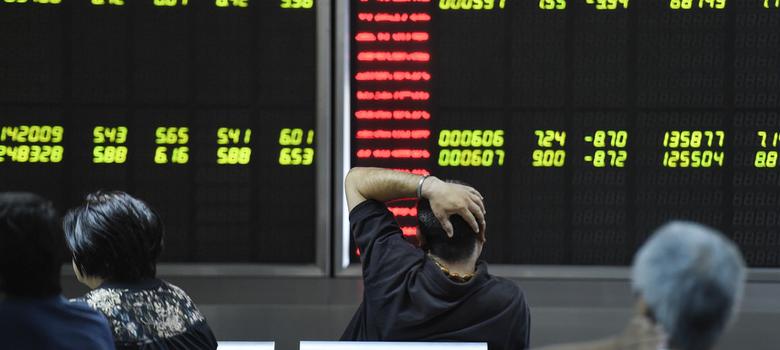August 25, 2015
Russia Launches Military Drills In Arctic
MOSCOW — Russia launched military exercises in the Arctic on Monday as it seeks to bolster claims to the region’s vast hydrocarbon and mineral wealth.
More than 1,000 soldiers, 14 aircraft and 34 special military units are taking part in drills in northern Siberia, weeks after Russia pressed a claim at the United Nations for an additional 1.2 million square kilometers (463,000 square miles) of Arctic shelf.
“These drills are aimed at increasing the security of the Russian Arctic, ensuring our state’s economic freedom in this region, and protecting our territory and targets from potential military threats,” the defence ministry quoted Vladimir Korolyov, the commander of Russia’s northern naval fleet, as saying Monday.
Korolyov also stressed that the exercise was “purely defensive in nature” and was not directed against any third country.
Russia conducted similar military drills in May.
Moscow has been trying to stake claim to more of the region’s vast energy and mineral resources, increasingly accessible due to the receding ice caps, despite warnings from environmentalists.
The Arctic shelf claim Russia made earlier this month includes the North Pole and could potentially give it access to some 4.9 billion tons of hydrocarbons, according to government estimates.







